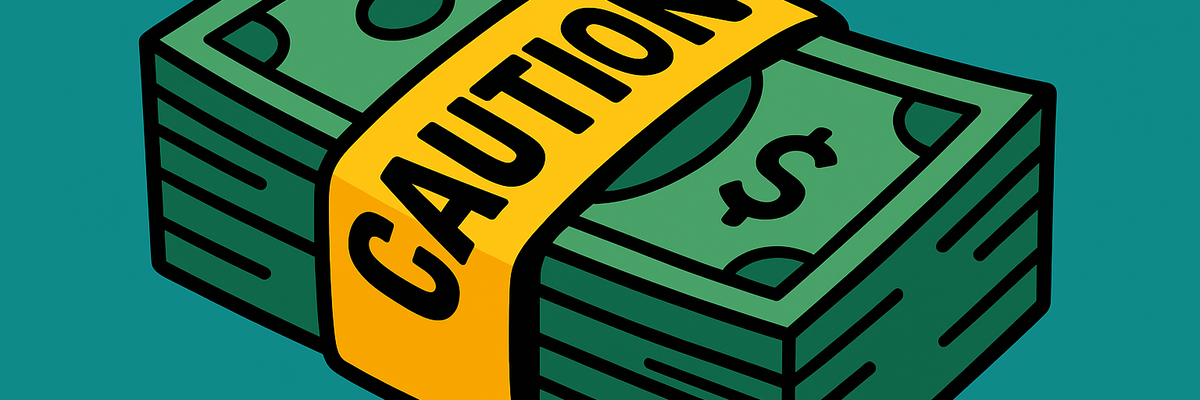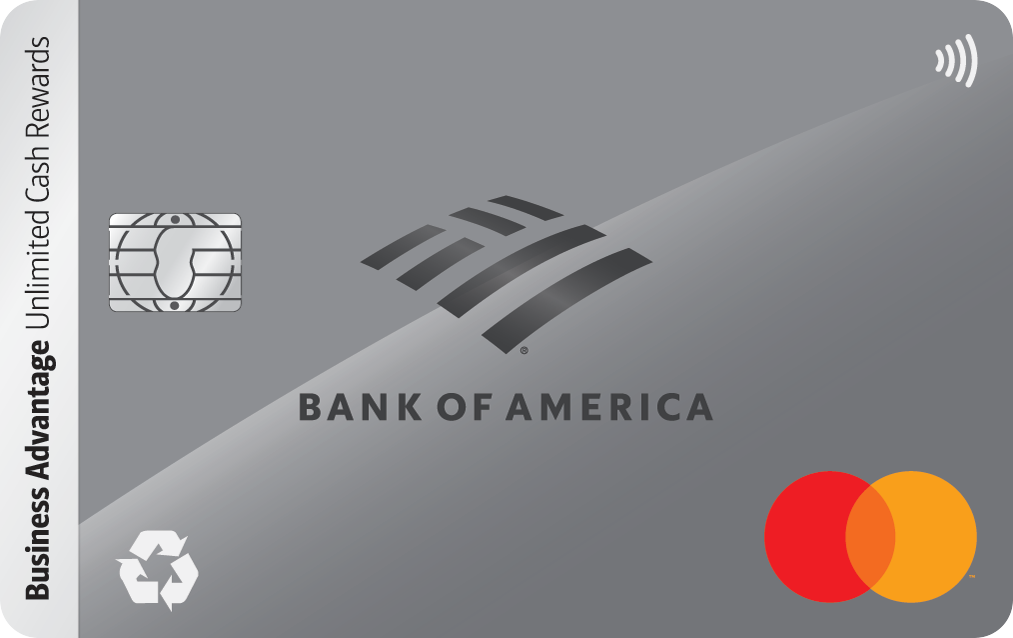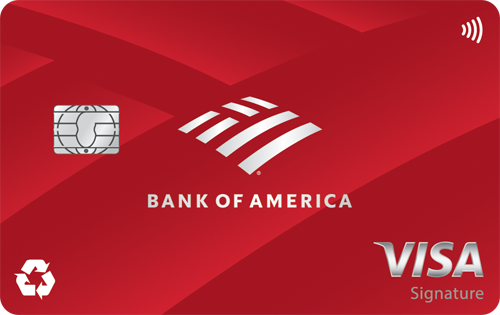Here's What Really Happens When You Withdraw $10,000 From Your Bank Account

Pulling out five figures from your bank account seems simple enough. It's your money
But the truth is withdrawing cash amounts of $10,000 or more triggers a report to the IRS.
Yep, even if the money is legally yours and you're not doing anything shady, your bank must file a report about it.
Here's the full story.
What banks are required to report
Banks don't mess around when it comes to large withdrawals. When you pull $10,000 or more in cold, hard cash from your checking or savings account, your bank is required by federal law to file a Currency Transaction Report (CTR).
This isn't about catching criminals -- it's about tracking potentially suspicious financial activity.
All the filed reports go straight to the Financial Crimes Enforcement Network (FinCEN), a branch of the U.S. Treasury. They're used to help spot money laundering, fraud, and other illegal behavior.
Don't worry, you're not in trouble just for withdrawing $10,000. It's not illegal, and there's no penalty for taking out your own money. But the paperwork kicks off automatically, and it may lead to some extra scrutiny.
What to expect when you request a large cash withdrawal
Here's what usually happens when you ask to withdraw $10,000 or more from your bank account:
- You'll likely be asked to provide ID, even if you're a longtime customer.
- Your bank may not have that much cash on hand, especially at smaller branches. So they might ask you to wait a few days while they order the money.
- The teller could ask why you're taking out the cash. You're not legally required to answer -- but being cooperative can speed things along.
Banks are trained to spot suspicious activity, but they also don't want to make customers feel uncomfortable. Still, it can catch you off guard if you're just trying to access your funds and it suddenly feels like an interrogation.
By the way, if you've got over $10,000 sitting in the bank and don't have immediate plans for it, make sure it's working hard in a high-yield savings account (HYSA). Check out this LendingClub LevelUp Savings account offering 4.00% APY with $250+ in monthly deposits (that's over $400 interest in a year with a 10,000 balance!)
What about making two, $5,000 withdrawals instead?
You might be tempted to take out multiple smaller withdrawals (like $5,000 today and another $5,000 tomorrow) to avoid triggering the reporting threshold.
Don't. Do. That.
This move is called structuring, and it's considered a federal offense. Even if your intentions are innocent, it can be interpreted as deliberately trying to avoid financial reporting rules.
Seriously, trying to skirt the rules or be sneaky will likely backfire. It's best to just make one clean withdrawal and be upfront about it.
It's your money, but know the rules
Taking out $10,000 in cash doesn't make you a criminal. But it does trigger a few legal tripwires that can slow you down or draw extra attention.
If you're planning a large withdrawal, be ready for ID checks, potential delays, and a friendly chat with your banker.
And don't try to game the system by breaking it into smaller amounts -- it's not worth the risk.
Start saving smarter with a high-yield account that makes your money work while it waits.
Our Research Expert



